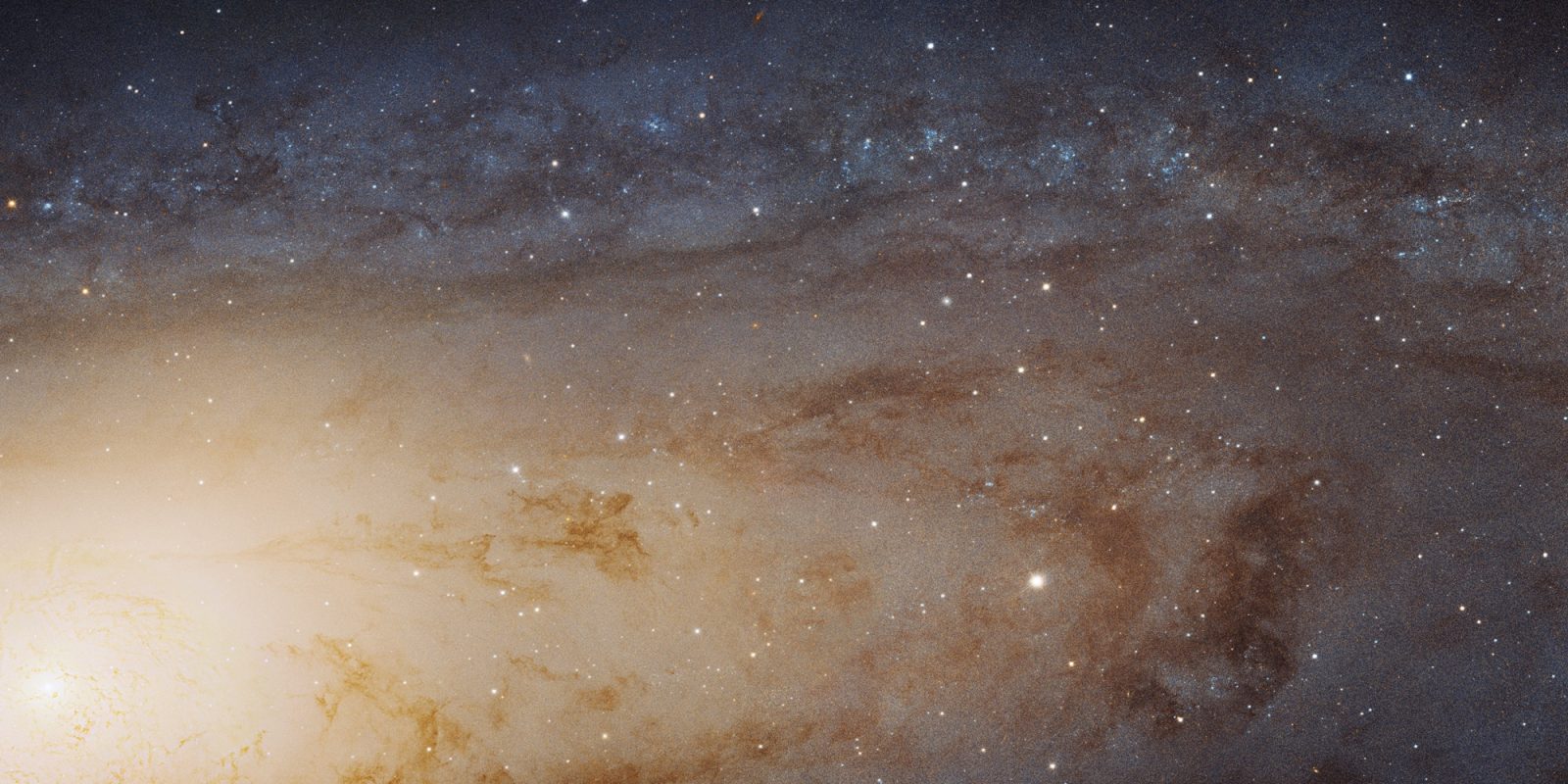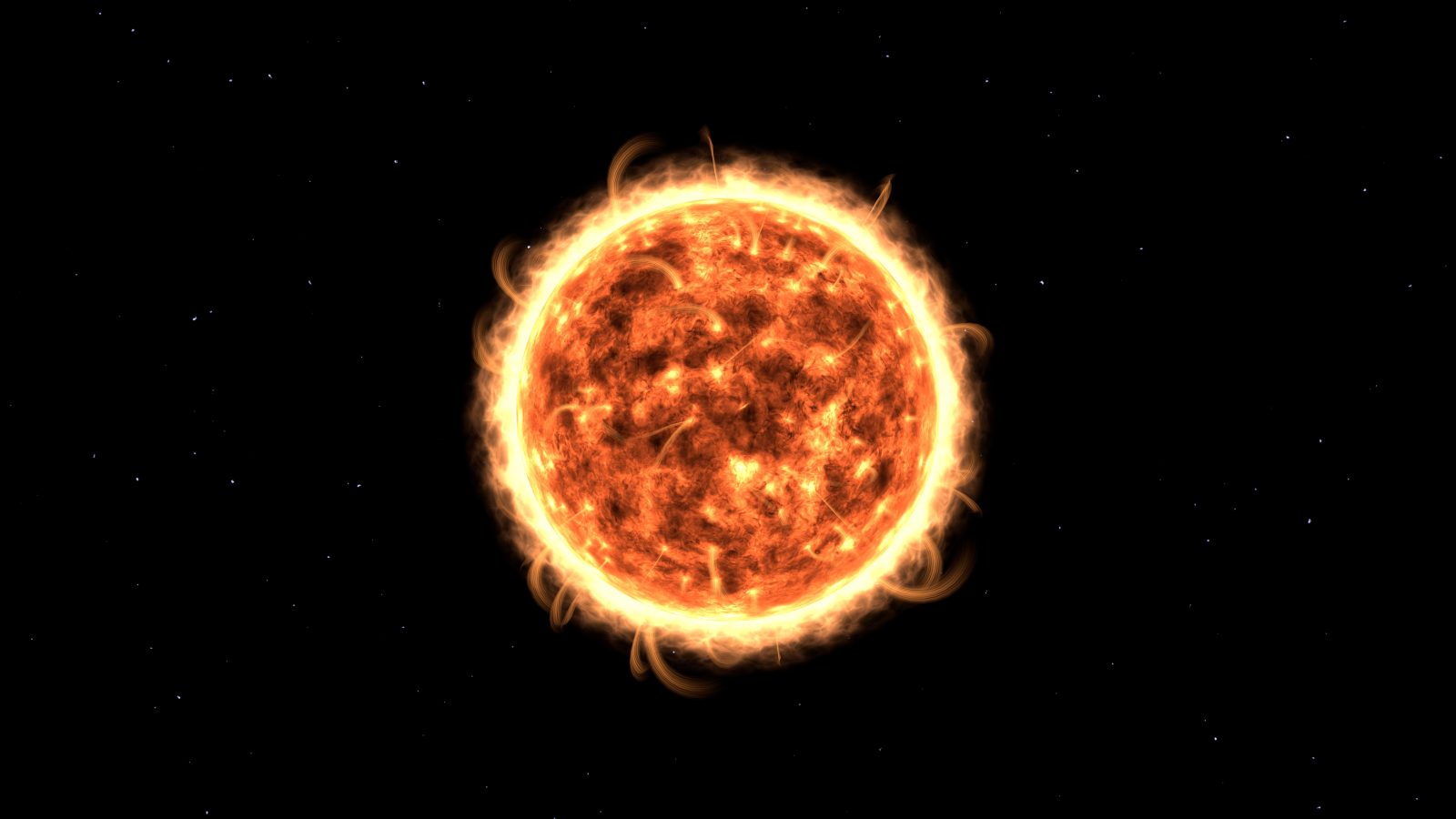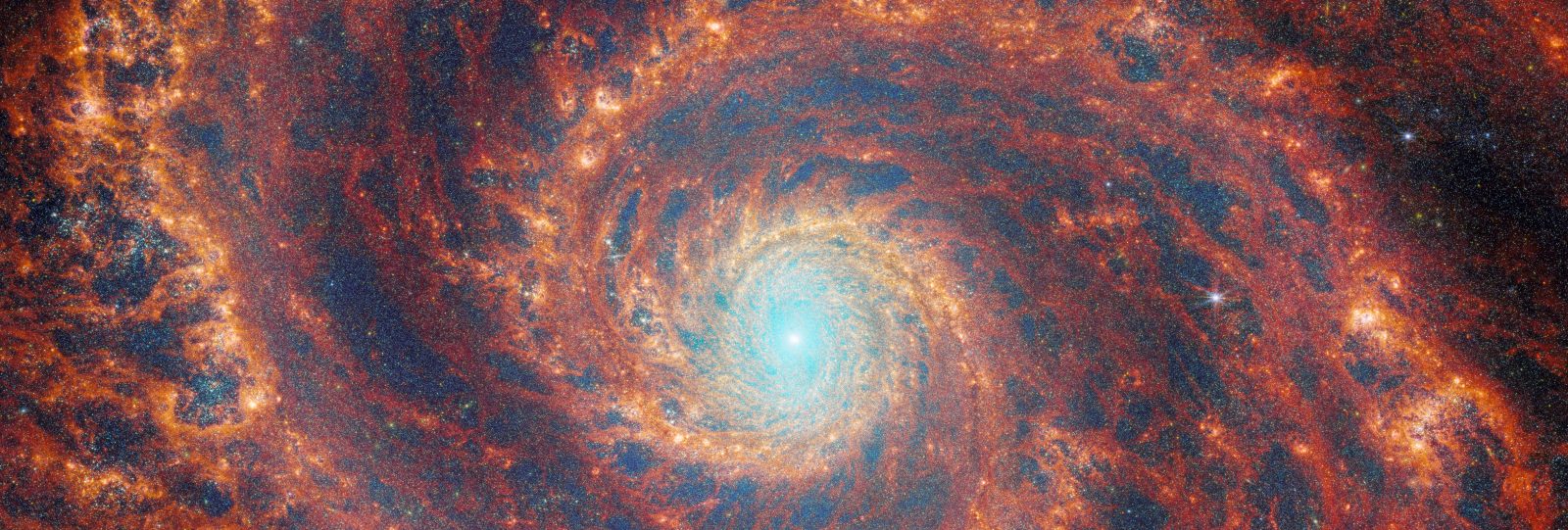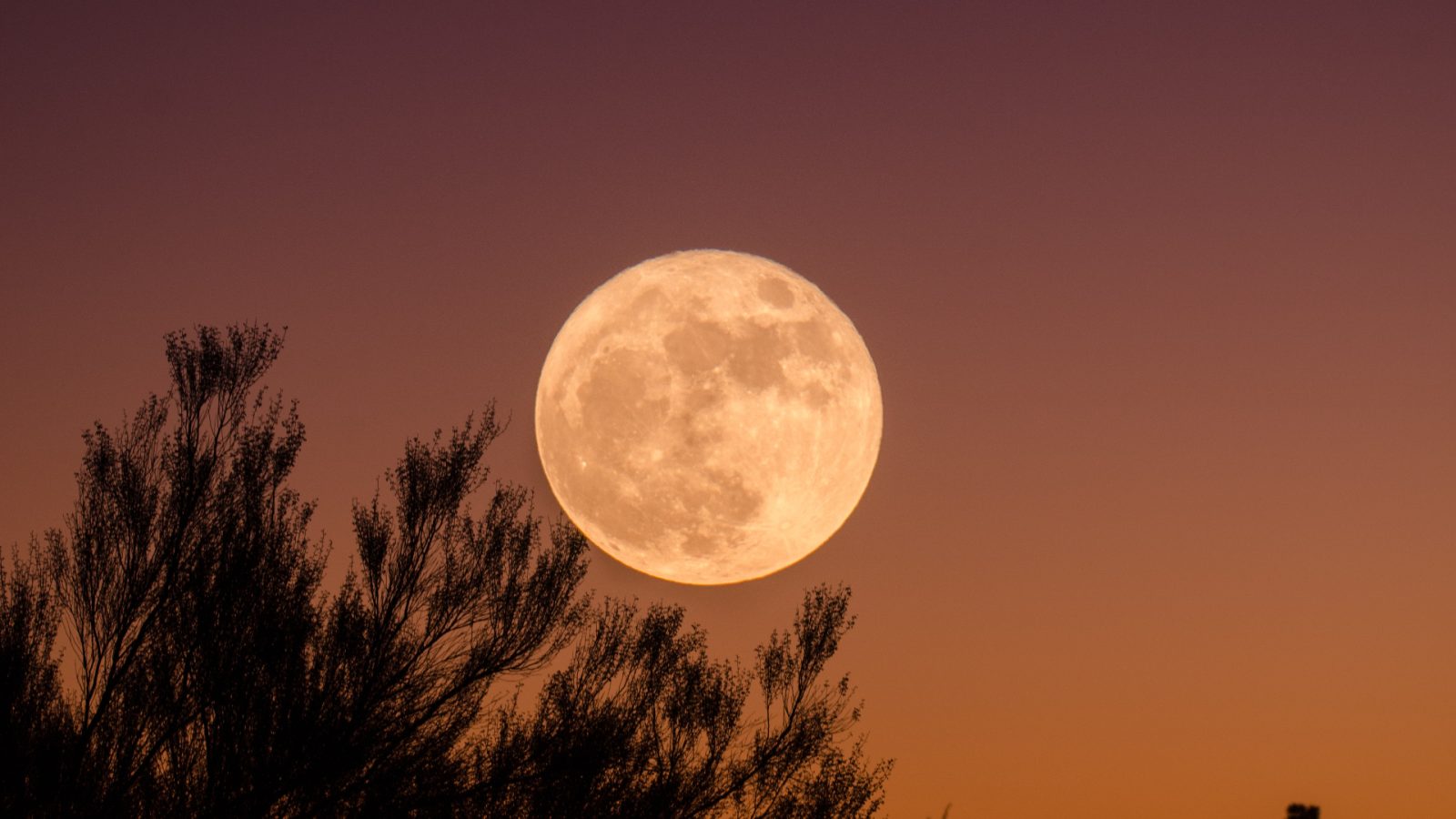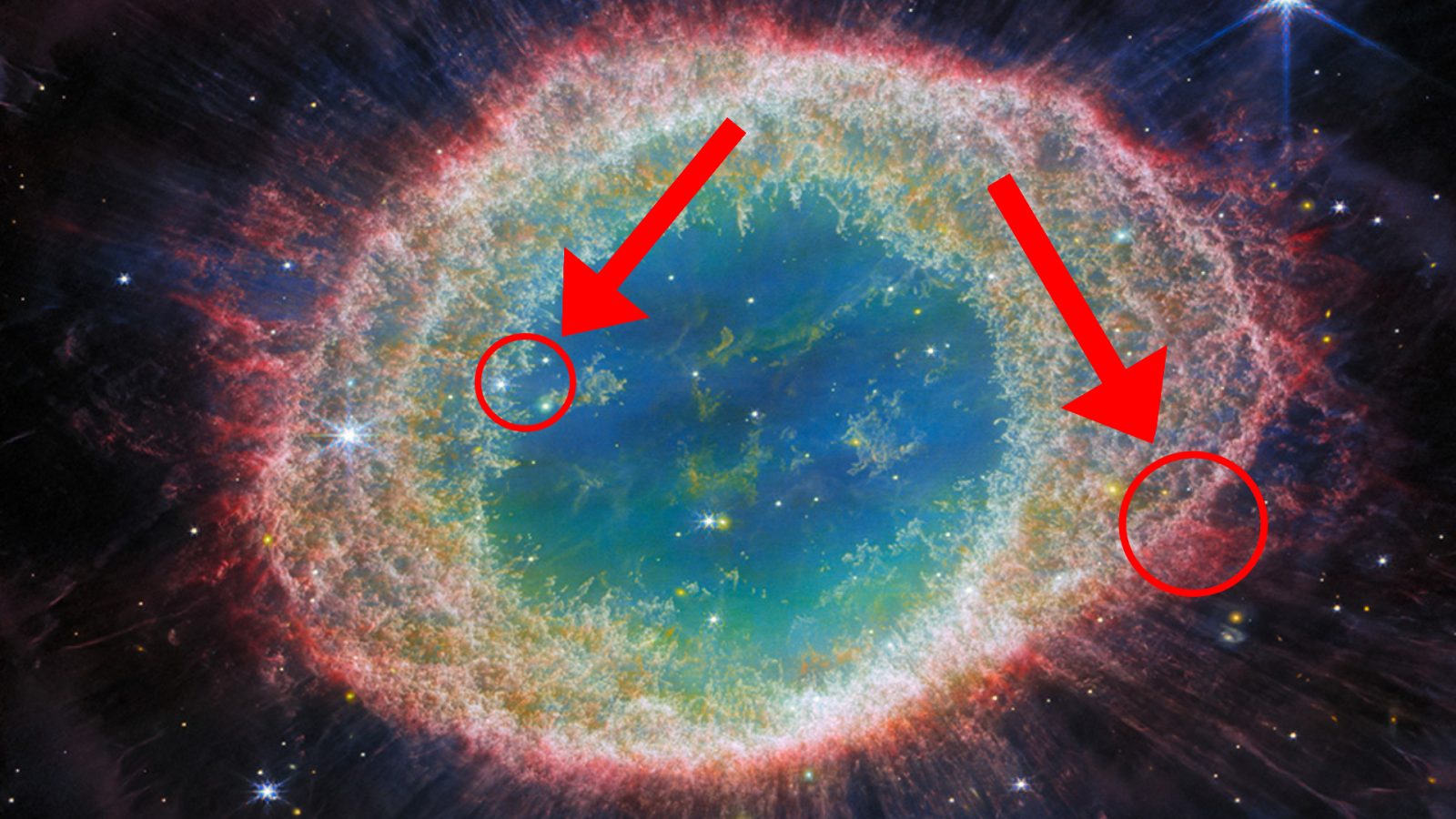Nearing four years ago, the Arecibo Telescope’s instrument platform collapsed and destroyed the massive radio telescope’s dish below. What caused it has still remained a massive mystery, but a new study might finally shed some light on what could have caused the loss of one of the National Science Foundation’s most important research tools.
Expand Expanding CloseWe might finally know what destroyed Arecibo’s massive telescope


